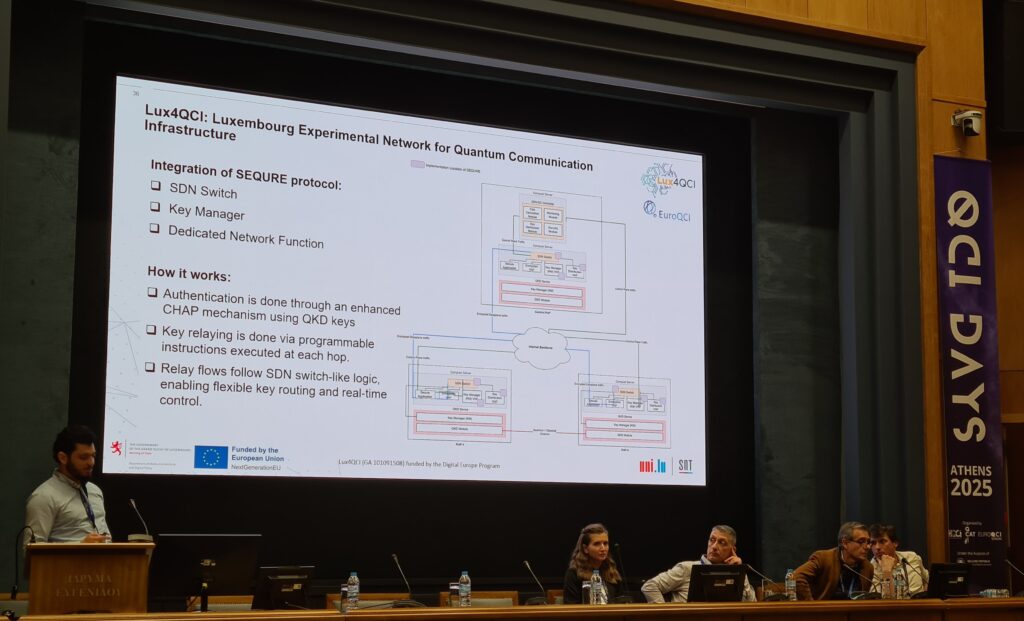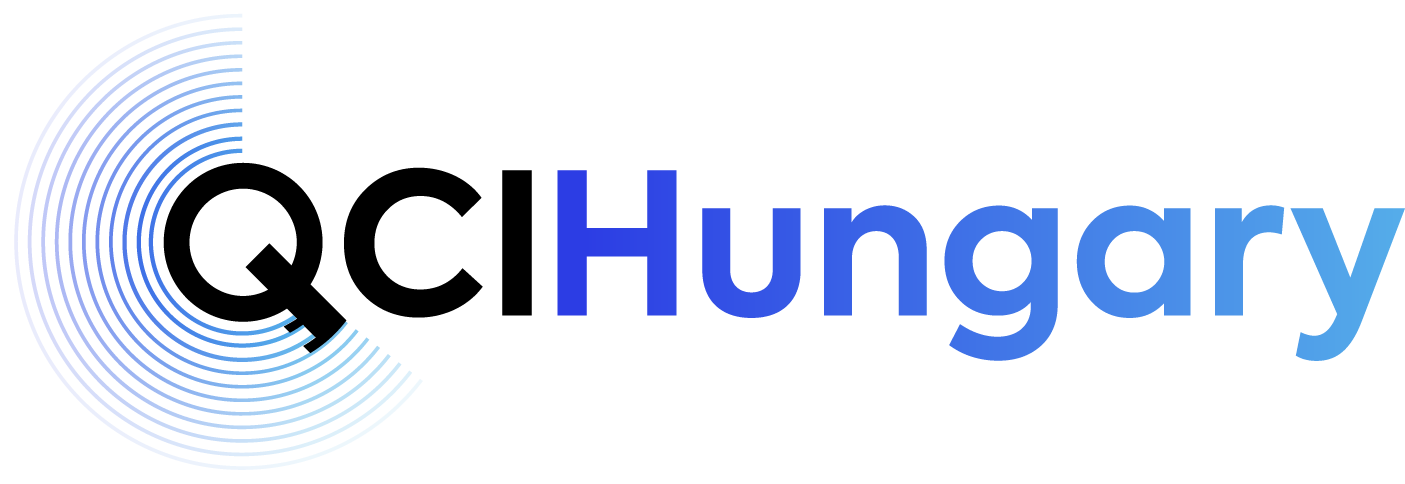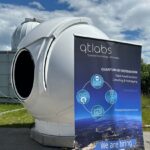The QCIDays 2025 took place in Athens between 28-30 April. It was a gathering of the EuroQCI communities from both public and private sectors, experts from the Digital Europe Programme (DEP) and Quantum Flagship projects, industry specialists, researchers, and policy makers.
In the afternoon of the second day the hot topics and the outstanding speakers attracted a high number of attendees at Space Session.

The first presenter was Thomas Bäumer from SES, the company responsible for the EAGLE-1 satellite. He informed the audience on the current state of development and offered an outlook for the future. The most important milestones are that the manufacturing of the payload has started and the CDR (Critical Design Review) related to the Optical Ground Stations (OGSs) has been closed and is available from the SES website. This enables the future users of the system in their preparation for working with EAGLE-1. The planned workflow for certification of an OGS was also explained. As a last point, SES unveiled the plans after EAGLE-1: a quantum capable satellite constellation called EAGLE-neXt for commercial and light-governmental use.
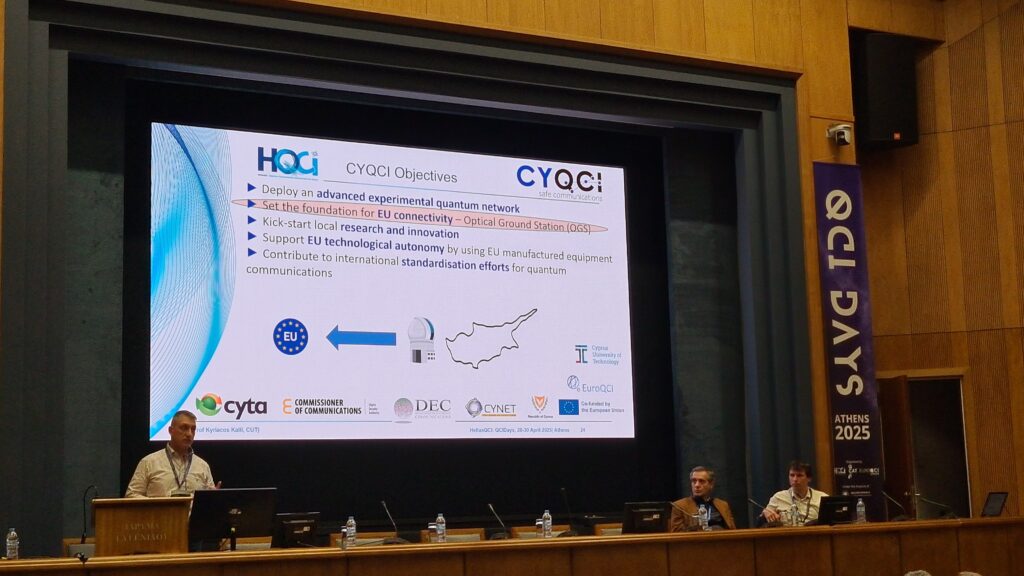
Pedro Pinto from Hispasat introduced CARAMUEL, the first GEO mission to demonstrate QKD from space. Compared to the low Earth orbit of EAGLE-1, the CARAMUEL mission will be able to cover a larger fraction of the Earth. The target launch is planned for 2028 Hispasat plans to test their system on the ground on the Canary Islands later in 2025.
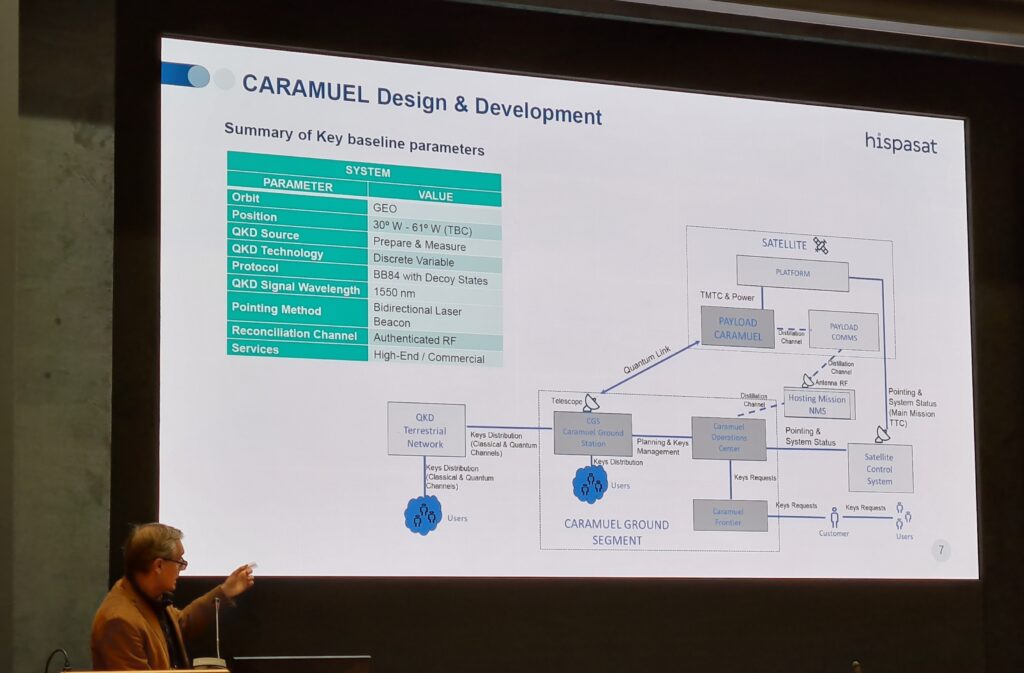
Following the two presentations from satellite companies, national QCI projects presented their plans and results. CYQCI from Cyprus, represented by Professor Kyriacos Kalli, from the Cyprus University of Technology outlined the plans to install at least one OGS on the island with possibly more to come in the future. The most suitable location for an OGS can be determined with the mobile measurement setup created by the project.
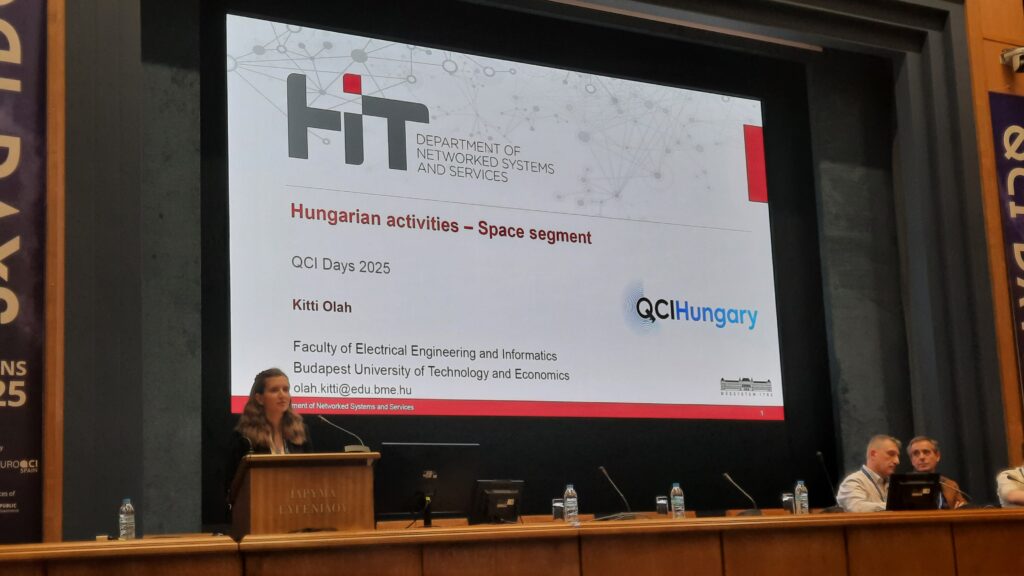
The QCIHungary project presentation by Kitti Oláh from the Budapest University of Technology and Economics (BME) focused on BME’s activities related to free-space and satellite-based quantum communications. BME is building its own free-space QKD system using entanglement and has recently demonstrated a successful Bell test on 40 meters. As Hungary is planning to install an OGS for satellite communication, BME carried out a series of a background radiation measurements similarly to the CYQCI project and selected the OGS installation location. BME is also looking into the future of quantum communications, which is the quantum internet supported by quantum memories.
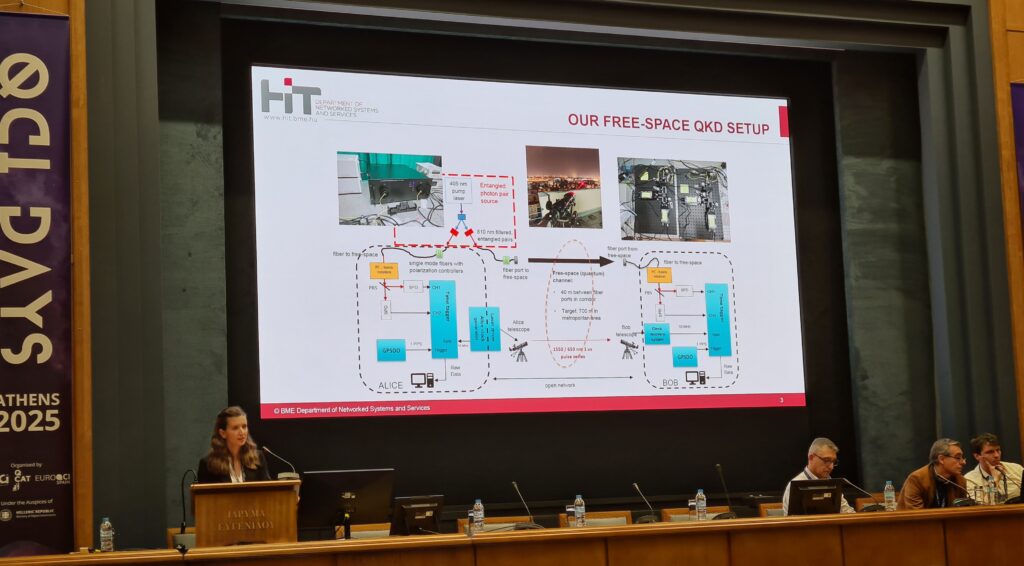
In the Lux4QCI presentation Said Koudia fromUniversity of Luxembourg introduced their network simulator and KMS (Key Management Server) solutions, developed to investigate the capabilities of QKD networks and to improve the management of such networks with the help SDN. They also developed a simulator for the QKD link established through the EAGLE-1 satellite and extended their KMS to handle keys generated this way.
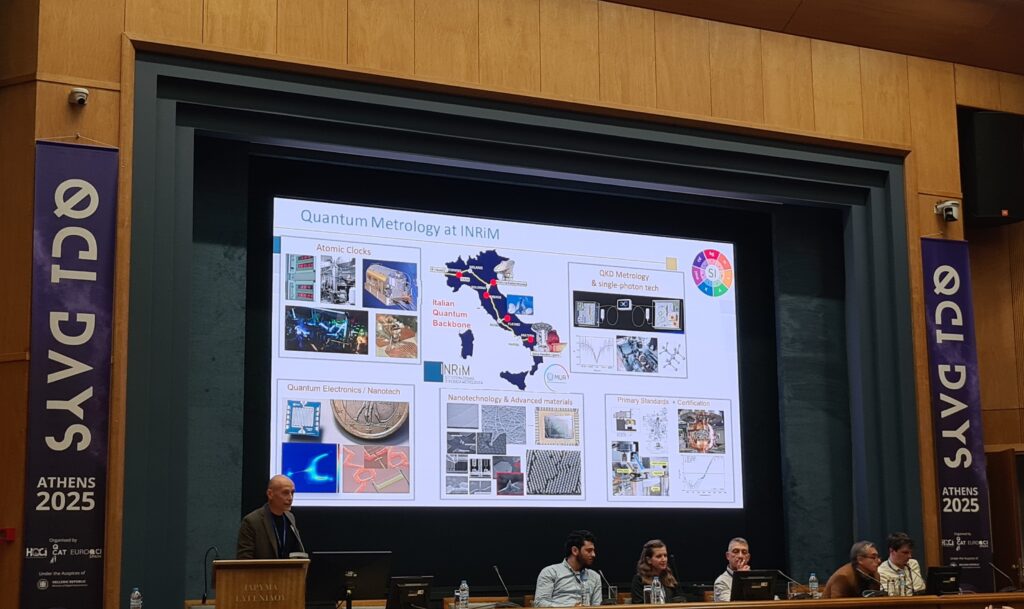
Marco Gramegna from INRIM closed the session presenting Italy’s QUID project. The current QKD network of Italy is one of the largest in Europe and was carefully designed not only just to connect larger cities but also the observatories and radio telescopes in the country. This enables QUID to have a good starting point for integrating satellite-based keys into their QKD network. As for the future, this large quantum backbone will help connect quantum sensors for high-precision measurements.
